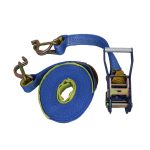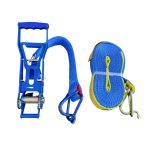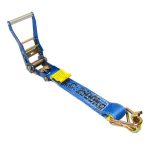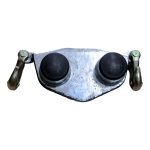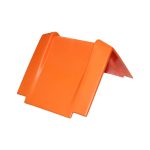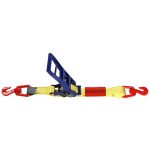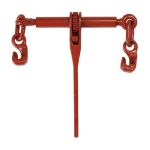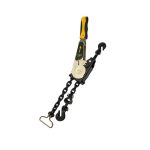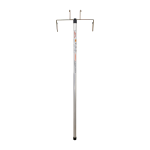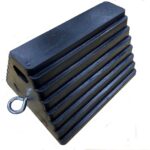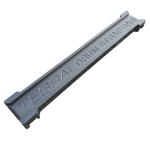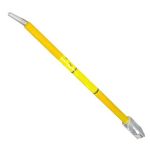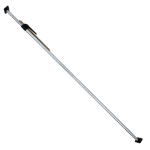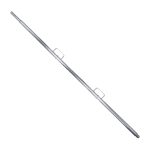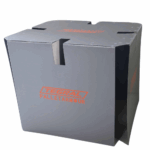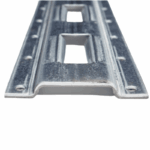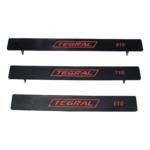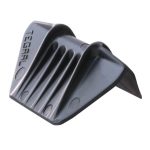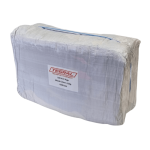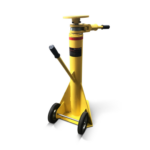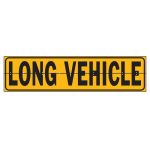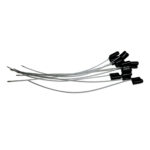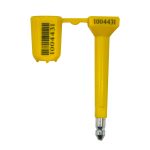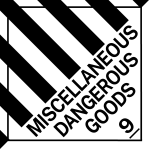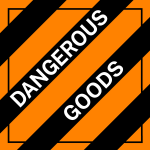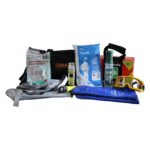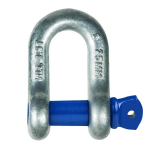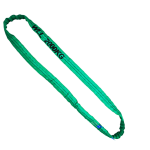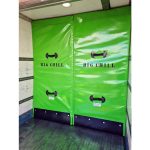Addressing Driver Shortages
For truck fleets to increase their profit margin, they need to avoid high turnover. To mitigate the risk of even more drivers leaving, invest in driver retention. Offer competitive compensation, benefits, and flexible work arrangements to retain drivers. Consider establishing training and development programs to attract new talent and upskill your current workforce. Improving driver satisfaction by prioritising health and safety, reducing time spent on the road, and investing in ergonomically designed vehicles will also make the job more appealing.
Mitigating Fuel Price Volatility
Invest in fuel-efficient trucks or retrofit existing vehicles to improve mileage. Regular maintenance, tire checks, and telematics can also help monitor and optimise fuel use. Where possible, use fuel hedging strategies to lock in prices and protect against future price hikes.
Navigating Regulatory Challenges
Stay informed about upcoming regulations to avoid fines and ensure your fleet remains operational. Investing early in compliant technologies and vehicles can reduce long-term costs. Use fleet management software to ensure compliance with safety and emissions regulations and to monitor driver hours and vehicle maintenance schedules.
Sales and Marketing
Many trucking companies and fleet owners do not invest much in sales and marketing. They often just rely on word of mouth or their current customer base. In this economic climate, you need to work for it. It doesn’t take much, but you’ll start to reap the rewards.
To increase sales and boost marketing efforts, consider building strong customer relationships through loyalty programs, referral incentives, and excellent service. Leveraging social media, particularly LinkedIn or Facebook, to share customer success stories and company updates can enhance your visibility. You don’t have to post much, 1-2 times a week is probably enough and better than nothing at all. Consider sending out an email blast to previous customers to remind them that you are around – keep your business front of mind.
If you have a website, consider optimising websites for SEO (Search Engine Optimisation) and user experience to make sure potential clients can easily find and engage with your services. If you don’t have a website, seriously consider making one, you can use pre-made templates from places like Wix and Squarespace.
Finally, forming partnerships with complementary businesses (if you’d like to pop into Tegral and snap a photo with us, you are more than welcome), attending industry events, and offering limited-time promotions or seasonal discounts can help attract new customers and drive growth.
Useful Tools
Where to monitor inflation and CPI: https://www.rba.gov.au/inflation-overview.html
Where to see where trucking sits in CPI: https://www.abs.gov.au/statistics/economy/price-indexes-and-inflation/sort
National Diesel Prices: https://www.aip.com.au/pricing/national-retail-diesel-prices
Freight Task Commodity: https://benchmark.transit.csiro.au/
Our Full Industry Report
You May Also Like
LVL for Transport – Why Use it?
Corner Protection: 7 benefits for Transport and Load Security
7 Tips: Cutting Costs for Truck Fleet Owners | See Results




